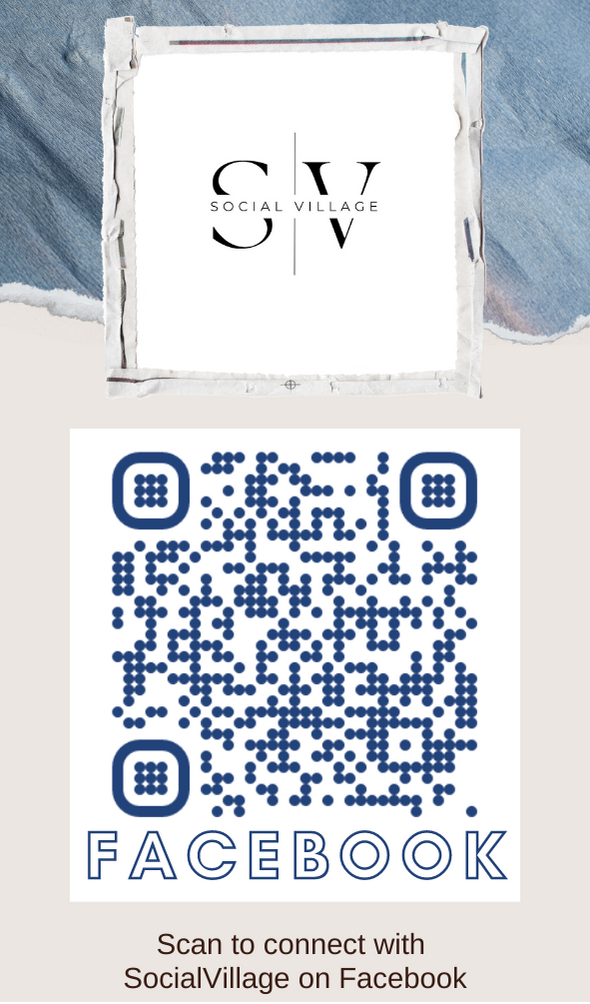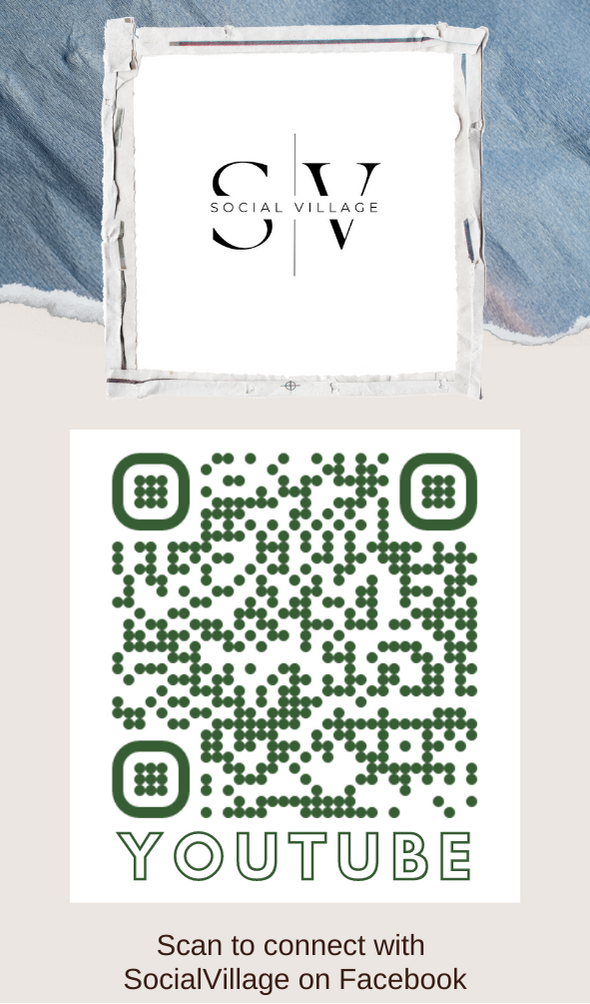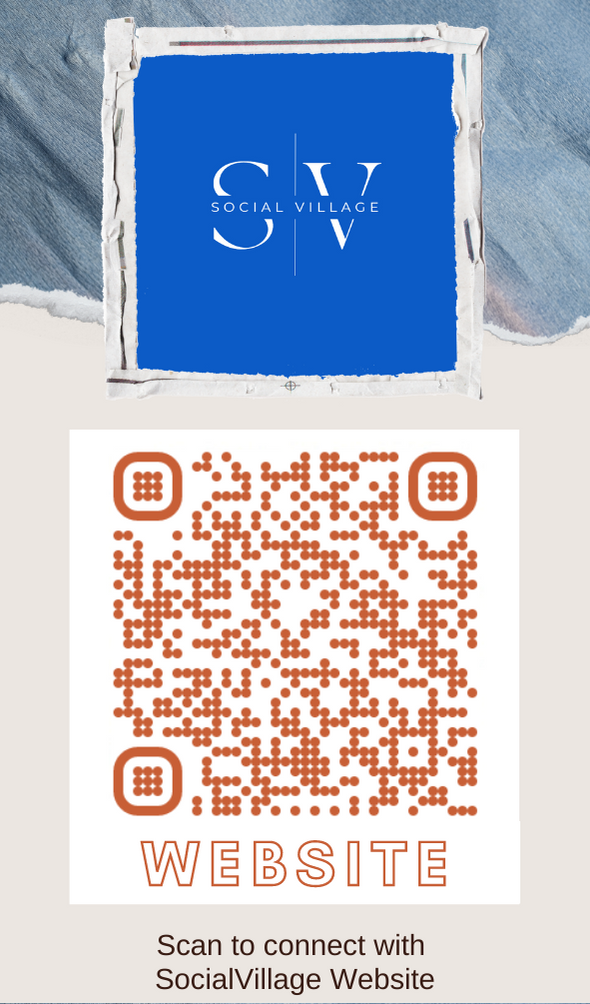How Do I Become Full Stack Web Developer
Full-stack developers with experience are one of the most highly paid resources in tech companies. Having knowledge of both backend and frontend can help you progress to a lead level quickly too. Know the steps you need to follow to become a full-stack developer.
The increasing reliance of people around the world on mobile applications is driving up the demand for skilled full-stack developers. This dependence does not appear to be diminishing at any time in the near future. The tech industry can be very competitive. However, those who are willing to put in the effort to climb the learning curve are frequently rewarded handsomely for their tenacity. Although becoming a full-stack developer might be difficult, the path to get there is not particularly complicated. This guide will walk you through the necessary steps to become a full-stack developer and provide you with a better understanding of what the early stages of this career path look like. In the meantime, why don't you consider enrolling in this Full stack Web Development Course to get a head start on this entire process?Who is a Full-Stack Developer?
The process of developing websites can be broken down into two distinct categories. Backend web development, as the name suggests, focuses on the elements that are located behind the scenes of a website and may include databases, servers, APIs, and other components.
The other component of web development is known as front-end development, and it is responsible for the elements that are visible to the user. These include graphical elements, design, and user interface.
The term "full-stack developer" is used to refer to a programmer who is capable of working on both the frontend and the back end of a website. Full-stack developers typically have a more comprehensive understanding of design projects in general and are able to demonstrate a greater degree of versatility.The Step-by-Step Guide to Becoming a Full-Stack Developer
Determine the Approach to Learning Full-Stack Development That You Prefer
The path that one takes to become a full-stack developer can be quite different from that of another professional in very significant ways. Because there are so many eager young professionals who are interested in learning full-stack development, there has been an explosion in the number of companies that have stepped up to teach them. This means that each student has the option to learn in the manner that best suits them.Learning on One's Own Regarding Full-Stack Development
If you were to teach yourself, it would be possible for you to save some money. Self-starters such as yourself will find that the internet is a veritable treasure chest filled with learning material that is just waiting to be absorbed. Books, tutorials on YouTube, podcasts, and at-home practice projects are excellent ways to complement more traditional learning methods and bring you one step closer to your professional goalsInternship for Full-Stack Developers (Full Stack
Full stack internships provide aspiring software developers with the opportunity to learn on the job while also being compensated for their work. Students who are currently enrolled in a computer science program have access to a significant number of opportunities for full-stack developer internships; however, there are always exceptions.
Full-Stack Developer Certificate Certification programs, both online and in-person, are a popular choice among developers of varying levels of experience. Certificate programs give students who crave both flexibility and structure the opportunity to start from scratch or brush up on a variety of skills. Whether you're looking to start from scratch or brush up on a selection of skills, certificate programs can help. The majority of certificate programs can be finished in as little as a few months, making them a convenient and time-efficient educational option.Acquire Knowledge of the Required Programming Languages
Your value as a candidate to a prospective employer increases in proportion to the number of programming languages that you are fluent in. The ever-evolving nature of the technology industry has a significant impact on web development, which is not immune to its effects.
Because of this, a significant portion of a web developer's success is determined by how open they are to learning new programming languages as they become available. To begin, however, there is still a collection of frontend and back-end programming languages that any self-respecting full-stack developer should make a point to familiarize themselves with.
1. Languages Used for the Front End of Programming
What the end user sees, hears, and can interact with is determined by front-end development. If you ever want to be considered a full-stack developer, you will need to demonstrate that you have a comprehensive understanding of the programming languages that are necessary to ensure the functionality of the visual aspects of an application.
It is expected of a full-stack developer to have a working knowledge of the frontend languages and frameworks listed below:
• HTML, CSS, Javascript, React JS, Jquery
2. Languages Used for Programming the Back End
The user experience does not carry much weight if the machinations that take place behind the scenes are not in proper working order. It is absolutely necessary to have an understanding of the primary back-end programming technologies and frameworks in order to guarantee the continued functionality of the websites.
It is expected that a full-stack developer will have a working knowledge of the following back-end technologies and frameworks:
3. Create a Full-Stack Developer Portfolio Using Python, Java, PHP, and Ruby.
Your portfolio should serve as the basis for your first impression. It deserves constant care. It is important to review it on a regular basis to ensure that it accurately portrays you in the best possible light. The validation of your abilities should be the end result of a strong portfolio, but the anecdotes behind the projects that you highlight should also be included.
4. Create Your Full-Stack Developer Resume
Your portfolio may have left some holes, which are addressed by your resume. You will now have the opportunity to elaborate on your professional history, education, and skill set in the following section. The majority of resumes don't leave much room for expressing one's individuality, but a submission that has been carefully edited and organized can convey a great deal of information. Even the most impressive portfolio can be undermined by a resume that is riddled with errors.The FINAL step is to get ready for your interview to become a full-stack developer
Preparation is just as important as one's personality when it comes to doing well in a job interview. Do research on the company, prepare answers to the most common full-stack developer interview questions, and have a collection of anecdotes and stories ready to tell that put you in a positive light. Telling the truth is of the utmost importance. In the long run, lies and exaggerations are never effective, and it is highly likely that they will come back to haunt you.






To become a full stack developer it is necessary that one should have knowledge of some of the basic programming languages like Java script, HTML, CSS, PHP, Python etc and one should have deep knowledge of coding and coding practices. Whether it is back end or front end, ultimately what is required is a good precise code having minimal number of bugs and effective in its execution.
Some of the experienced programmers can take advantage of their good knowledge in the field of coding for becoming a full stack developer.